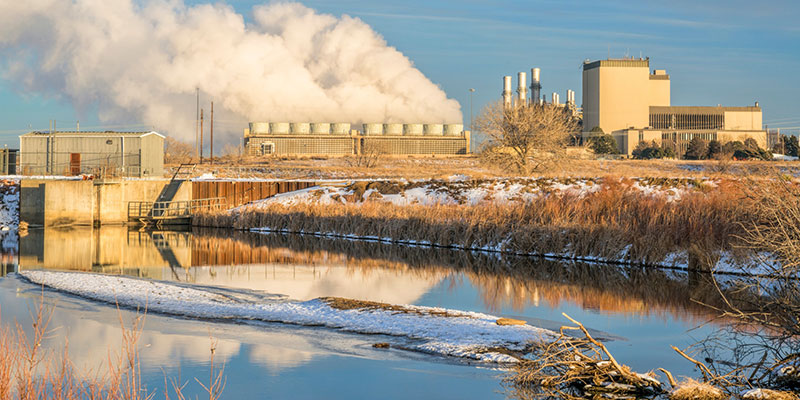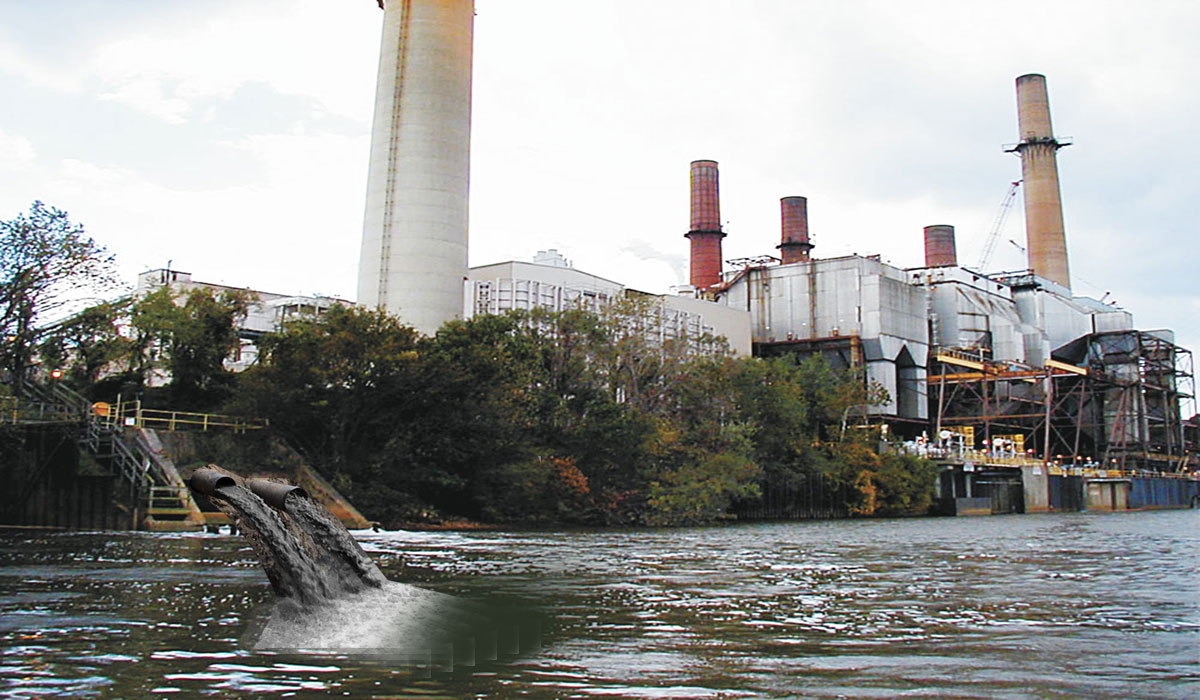Challenges and Solutions in Hazardous Waste Water Therapy
The therapy of commercial wastewater presents a diverse array of obstacles, ranging from stringent regulatory conformity to the ins and outs of expense administration and technological restrictions. The irregularity in waste make-up better makes complex the effectiveness of typical therapy techniques, usually resulting in escalated functional expenses.
Regulatory Compliance Difficulties
Exactly how can industrial facilities navigate the complex landscape of regulatory conformity in wastewater therapy? The regulative framework controling wastewater administration is complex, typically differing by territory and sort of industry. Facilities has to adhere to federal, state, and neighborhood policies that dictate effluent top quality requirements, discharge limitations, and monitoring requirements. Failure to conform can result in extreme penalties, consisting of penalties and functional shutdowns.
To properly manage these compliance difficulties, centers must carry out durable tracking and reporting systems that make sure real-time data collection and analysis. Routine audits and risk analyses can recognize possible compliance voids, permitting aggressive modifications in treatment processes. Employee training programs concentrating on governing expertise and ideal techniques are vital to cultivate a culture of conformity within the company.
Furthermore, engaging with regulative companies can supply valuable understandings and clear up ambiguous laws. Facilities may additionally take advantage of seeking advice from ecological specialists who specialize in wastewater treatment compliance, ensuring that they remain informed of advancing laws. By taking on these strategies, commercial centers can not just fulfill compliance needs however likewise improve their functional performance and ecological stewardship.
Price and Financial Barriers
Navigating regulative conformity in wastewater therapy often provides significant monetary obstacles for commercial centers. The prices connected with executing necessary therapy technologies, keeping compliance with strict policies, and handling operational expenditures can be daunting. Numerous organizations face high first funding expenditures for the building and construction or upgrading of wastewater therapy plants, which may stress spending plans, specifically for medium-sized and small business.
Moreover, recurring operational costs, including chemical, labor, and upkeep inputs, add to the monetary burden. The changability of varying power rates and the potential requirement for extra investments to meet developing laws intensify these economic stress. In most cases, the absence of financial motivations or support from federal government bodies makes it much more difficult for businesses to validate financial investments in advanced treatment systems.
Additionally, the economic stability of wastewater therapy solutions is commonly examined, specifically for markets with tight earnings margins. It is crucial for commercial centers to explore affordable methods, such as adopting ingenious financing alternatives, engaging in partnerships, and leveraging arising innovations that can help alleviate these financial obstacles while making sure conformity with environmental standards.

Technological Limitations
Many technological limitations impede the efficiency of industrial wastewater treatment procedures. One substantial obstacle is the insufficiency of existing treatment technologies to deal with complicated impurities.
In addition, the scalability of treatment technologies presents a difficulty. While some innovative methods, like membrane layer purification or innovative oxidation, reveal promise in controlled settings, their implementation on a bigger scale can be excessively pricey and technically difficult. Upkeep and functional complexities better complicate the adoption of these systems, particularly for smaller sized industries with limited technical knowledge.
The assimilation of real-time surveillance technologies also continues to be not enough in lots of therapy facilities. Without reliable surveillance systems, operators can not effectively evaluate treatment effectiveness or spot potential failures, leading to irregular effluent high quality. Consequently, addressing these technical restrictions via research study and growth, along with financial investment in innovative services, is vital for enhancing the efficiency of commercial wastewater treatment and making sure governing compliance. Industrial Waste Water Treatment.
Irregularity in Waste Composition
In the world of industrial wastewater therapy, the irregularity in waste article source make-up presents an awesome difficulty. Industries create wastewater with varied characteristics, influenced by factors such as production procedures, basic materials, and operational techniques. This heterogeneity makes complex the therapy procedure, as conventional systems usually battle to successfully attend to the vast array of pollutants present.
For circumstances, wastewater from food handling might have high levels of raw material, while effluents from chemical production might consist of hefty metals and hazardous compounds. This variance demands adaptable treatment techniques to make sure compliance with ecological guidelines and shield public wellness. Additionally, fluctuations in waste make-up can happen with time, affected by changes in manufacturing schedules, upkeep tasks, or the introduction of brand-new items.

Innovative Therapy Solutions
Cutting-edge therapy options are important for attending to the intricacies of commercial wastewater administration. Traditional techniques typically fall short in effectively getting rid of a variety of contaminants, particularly in facilities with diverse effluent streams. Current innovations focus on incorporating cutting-edge modern technologies to improve treatment performance and sustainability.
One promising technique is using advanced oxidation processes (AOPs), which utilize powerful oxidants to degrade organic toxins. AOPs, including photocatalysis and ozonation, can dramatically reduce toxic compounds and improve effluent top quality. In addition, membrane bioreactor (MBR) technology has actually obtained grip, integrating biological therapy with membrane purification, leading to premium effluent and minimized impact.
Another cutting-edge service is the application of source recovery systems. Methods like anaerobic food digestion not just deal helpful hints with wastewater however likewise generate biogas, which can be harnessed as a renewable resource resource. Moreover, the adoption of expert system and maker understanding versions can maximize therapy processes by predicting variations in wastewater structure, thus improving operational effectiveness.
These innovative remedies not just address regulative compliance but additionally advertise environmental sustainability, leading the way for an extra resilient and efficient industrial ecological community.
Conclusion
Finally, dealing with the challenges of industrial wastewater treatment needs a complex strategy that integrates governing conformity, price management, and technological developments. Innovative remedies, such as sophisticated oxidation processes and membrane bioreactor innovation, offer pathways to enhance treatment performance. Real-time monitoring systems and joint engagement with regulatory companies can advertise lasting practices while alleviating economic pressures. A commitment to continuous enhancement in treatment methods will inevitably add to the reliable administration of commercial wastewater and environmental security.
The therapy of commercial wastewater presents a multifaceted array of difficulties, varying from rigorous regulative conformity to the ins and outs of cost monitoring and technological restrictions. Industrial Waste Water Treatment.Navigating regulative compliance in wastewater therapy frequently presents significant economic obstacles for industrial facilities. Addressing these technological constraints with research and advancement, alongside financial investment in ingenious services, is crucial for boosting the efficacy of commercial wastewater treatment and ensuring governing conformity
Wastewater treatment facilities need to invest in durable surveillance systems and versatile therapy modern technologies capable of accommodating differing influent qualities.In verdict, dealing with the challenges of industrial wastewater therapy requires a multifaceted approach that incorporates governing conformity, expense monitoring, and technological improvements.
 Haley Joel Osment Then & Now!
Haley Joel Osment Then & Now! Judd Nelson Then & Now!
Judd Nelson Then & Now! Sydney Simpson Then & Now!
Sydney Simpson Then & Now! Kelly Le Brock Then & Now!
Kelly Le Brock Then & Now! Jeri Ryan Then & Now!
Jeri Ryan Then & Now!